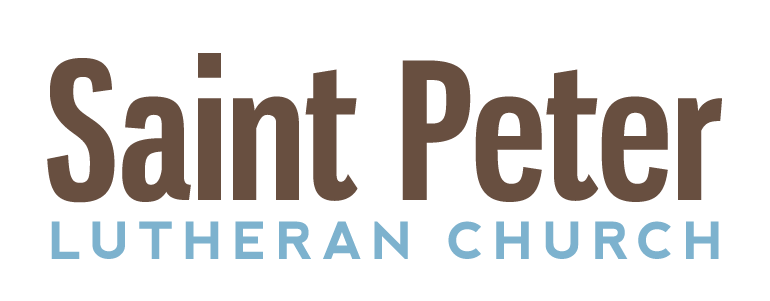As Christians, the cross is so important to us that it deserves not just our attention but our questions—What does the cross mean? What does it accomplish? Why did Jesus have to die? These are the questions StPLC’s Faith Forum discussed this Lent as the group followed David Lose’s book, Making Sense of the Cross.
The group began the conversation considering the four distinct portraits of Jesus found in the four Gospels and determined our task was not to figure out “which one is right” but to appreciate that each presents a unique glimpse into that author’s perspective on the life, death and resurrection of Jesus. Using this approach, Faith Forum explored several popular theories of atonement, which literally means at-one-ment. In other words, making something that was once broken whole again.
The Three Models of Atonement
The first theory or model of atonement, Ransom and Victory, was popular for much of the first thousand years after Jesus. This theory draws heavily on the story of the fall of Adam and Eve and original sin as a disobedience of God’s will resulting in a broken relationship with God and humanity being under Satan’s rule. But God loves humanity and does not want to be separated by the power of the devil, so God becomes human in the person of Jesus and triumphs through the cross and resurrection of Jesus.
The second theory, Substitution, Satisfaction and Sacrifice has been popular for the last thousand years. This theory sees humanity owing God because our sin was an offense against God’s honor and justice. Once again, God loves humanity so he sends his son to pay our debt and was punished for us and instead of us on the cross.
The third theory, Example and Encouragement, rejects the need for a blood sacrifice in order to forgive sin and emphasizes the cross as a powerful example of God’s great love for us, an example that teaches us and inspires us to love God and to love others.
Each of these theories tends to focus on certain sections in Scripture and have their own strengths and limitations. It makes us wonder if any theory offers a comprehensive and satisfactory explanation of the cross. David Lose points out that maybe we are asking the wrong question when we consider the cross as an intellectual exercise. He suggests that in all aspects of our faith there is mystery and what is more important than understanding everything is to simply experience God’s profound love. This is “doing atonement.” Rather than an idea we can comprehend or master, we are drawn into a living relationship with God through the event and experience of the grace of God that leads us through death into new life.
Journey of Lent
This journey in Lent gives us time to consider how it might shape our lives. It is good to be in a community of faith that takes seriously the cross of Jesus and allows space to ask tough questions. With this, we are allowed to grow deeper in our commitment to the transforming love of God.
Faith Forum will be on break through Easter and will reconvene on Sunday, April 28th. Join the conversation then!
This article was written by Jeanne Maloney who heads up Faith Formation at Saint Peter.

